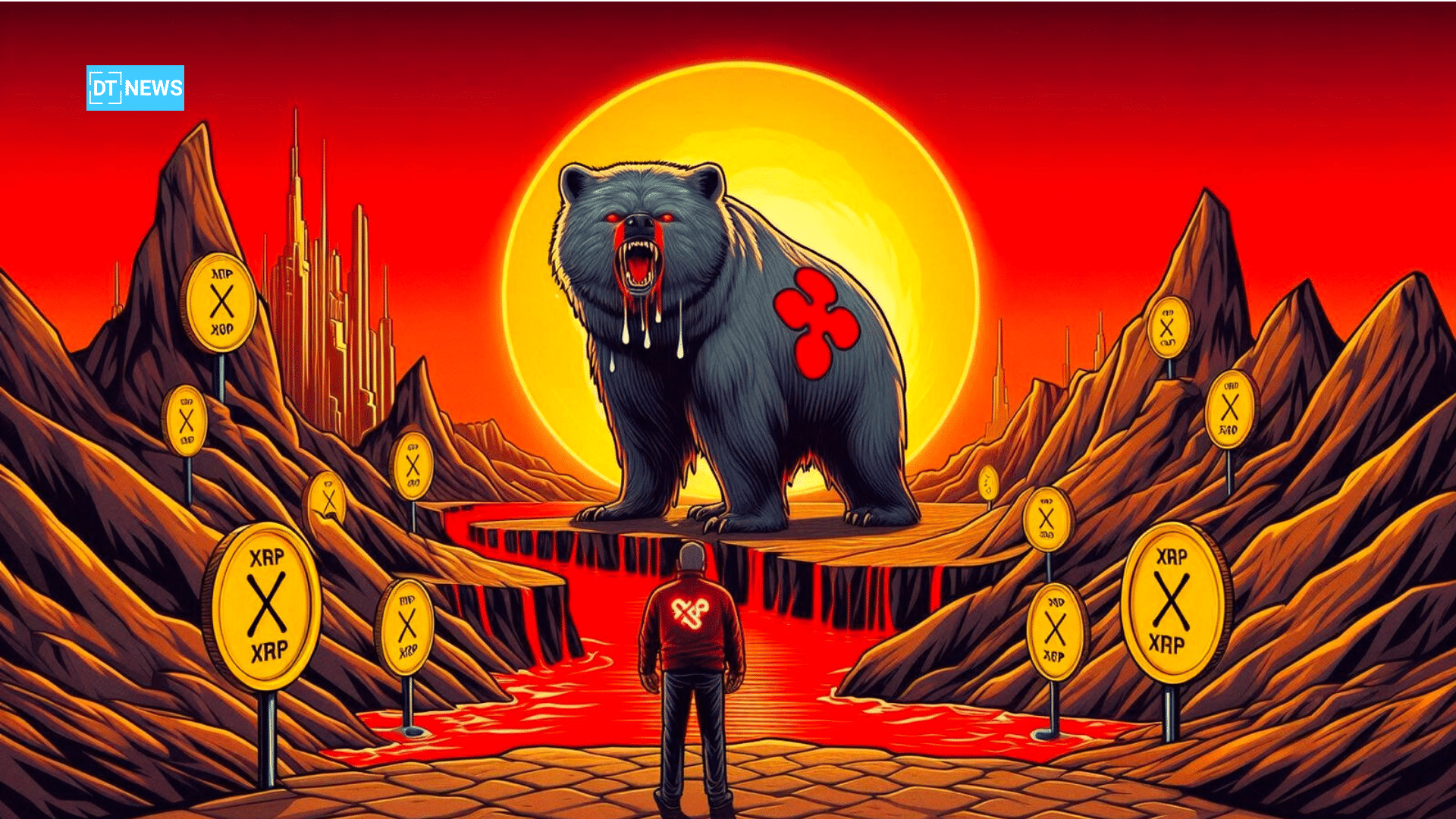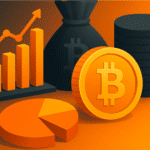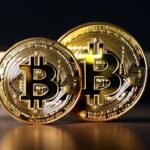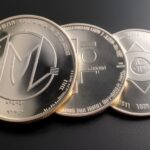Ripple’s XRP is showing speculative heat as capital flowed in by over $1.25 billion last week. According to Glassnode, XRP Hot Capital went from $0.92 billion to $2.17 billion, a 134.9% increase. On paper, that’s a lot of capital inflow, but zooming out, the picture isn’t as bullish.
Despite the inflow, XRP is still 72% below its December 2024 Hot Capital peak of $7.66 billion. That gap tells a different story: traders are coming back in but they’re doing so cautiously. As a result, sellers might have the upper hand, for now.
Short-Term Capital is Speculative, Not Conviction
This latest inflow is speculative, with traders targeting XRP for a short-term bounce. In the past, similar inflows led to price jumps, like in late 2024 when XRP briefly went to $3.40. But this inflow is still a long way off those euphoric peaks. To match that momentum, XRP would need close to $5 billion more in speculative liquidity.
That missing capital mirrors the overall market. Despite the inflow, XRP dropped 2.65% on the daily chart and 1.62% on the week. Traders aren’t chasing the price yet. Additionally, according to the exchange data, many are preparing for downside risk instead.
Exchange Behavior Shows Sellers in Control
Exchange behavior supports the bearish view. Wallets holding between 100,000 and 1 million XRP were the most active sellers, moving over 21.7 million tokens to exchanges. That was followed by the 10,000–100,000 XRP cohort which moved 900,000 tokens.
So most of the recent inflow could be from traders looking to short XRP not stack it. This aligns with the Taker Buy-Sell Ratio, which has been negative all week, meaning more selling than buying.
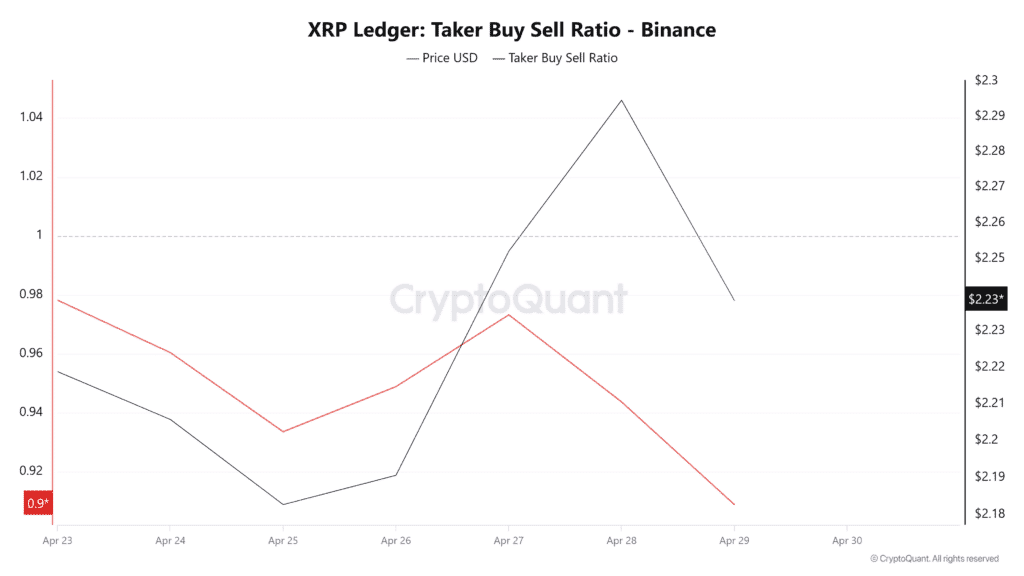
Funding Rate Goes Negative Again as Shorts Take Over
If anything confirms this mood, it’s the funding rate data. Aggregated across major exchanges, XRP’s funding rate has gone negative again, which means traders are paying a premium to stay short. That means the market is bearish.
Even the sentiment indicators agree. According to Santiment, XRP’s Weighted Sentiment was negative for 6 out of 7 days and only turned green on April 28. Confidence in XRP’s short-term upside is very thin.
CME Futures and RLUSD Could Change the Trajectory, But Not Yet
Looking forward, two things could change the trajectory, but they’re not here yet. First CME Group is launching XRP futures on May 19 pending regulatory approval. If approved, these contracts will give institutional access to XRP via cash-settled instruments. This will improve liquidity and price stability over time, but doesn’t affect today’s order books.
Secondly, Ripple’s upcoming stablecoin RLUSD is meant to bridge on-chain and traditional finance. Tied 1:1 to the US dollar and backed by cash and equivalents, it could create new demand paths for XRP once live. But again, it’s a future play, not a current catalyst.
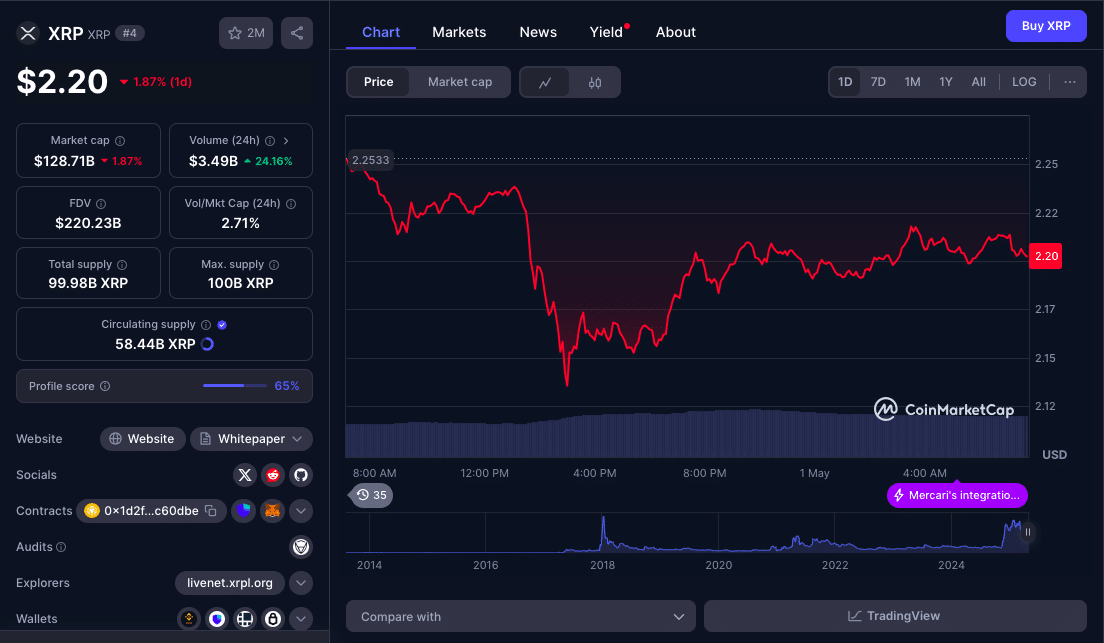
Conclusion: Traders Eye Two Levels: $2.16 and $2.30
For now, XRP is stuck between bearish outflows and speculative inflows. If selling pressure continues and market sentiment remains bearish, XRP could fall back to $2.16. But if capital inflow continues and shorts get squeezed, a move to $2.30 isn’t out of the question.
But any rebound will require more than just capital. The return of conviction, especially from longer-term holders and institutions, will be needed to shift the point away from the current bearish trend.
FAQs
1. What does a XRP capital inflow mean for the price?
It means increased speculative interest, which can drive short-term volatility. But price gains are not guaranteed if sellers are in control.
2. Why is XRP price falling despite $1.25 billion inflow?
Most of the inflow is from traders opening short positions, not buying for the long term. Exchange data and funding rates confirm this bearish positioning.
3. What is XRP’s Weighted Sentiment and why does it matter?
It measures how positively or negatively the market is talking about XRP. Recent readings are low and reflect low trader confidence in a rebound.
4. What’s the impact of CME launching XRP futures?
If approved, it will offer institutional exposure to XRP and increase liquidity but won’t move the price until after launch.
5. How will RLUSD affect XRP?
RLUSD could create new demand by making Ripple’s ecosystem more attractive to fintechs and institutions but it’s all about adoption.
Glossary
XRP Capital Inflow: The amount of speculative or investment capital entering the XRP market over a period, often a sign of trading activity.
Hot Capital: Short-term capital that moves in and out of assets based on market conditions, often used for speculative trades.* Taker Buy-Sell Ratio: A measure of aggressive buying vs aggressive selling in the market; negative means sellers are in control.
Funding Rate: A mechanism in perpetual futures to balance long and short positions. Negative funding rate means shorts are in control.
Weighted Sentiment: An index that measures if trader commentary is positive or negative across social and market channels.
RLUSD: Ripple’s U.S. dollar-pegged stablecoin launching in 2024 to increase liquidity and bridge blockchain with traditional finance.
References
Disclaimer: This article is for educational purposes only and not financial advice. Cryptocurrency trading carries risk. Always do your own research.






































































































